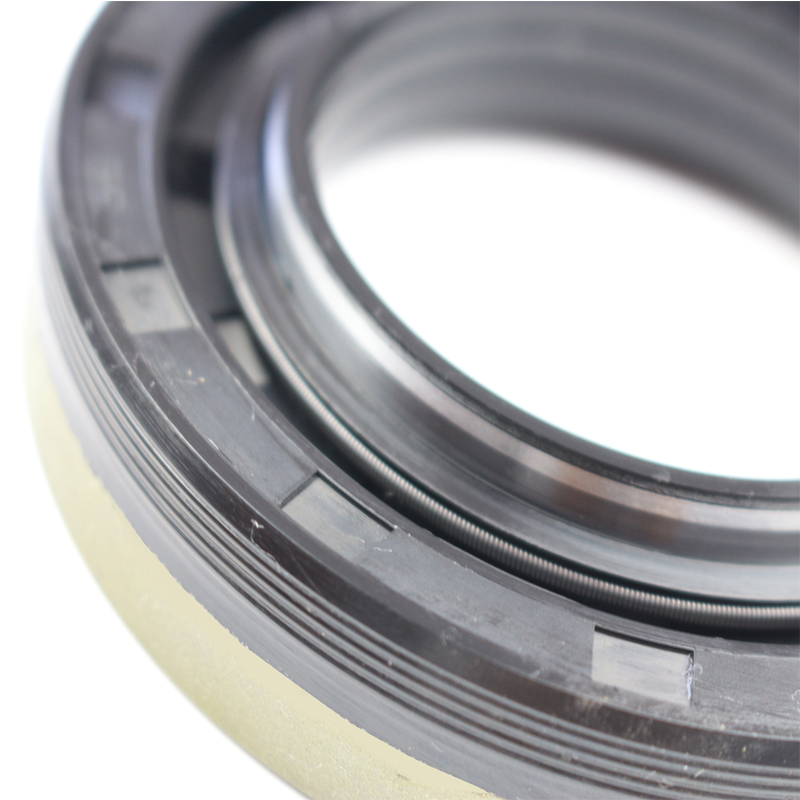crankshaft gasket seal
Understanding Crankshaft Gasket Seals Importance and Maintenance
The crankshaft gasket seal plays a crucial role in the functioning of an internal combustion engine. It serves as a barrier between the crankcase and the outside environment, preventing oil leaks and ensuring proper lubrication of the engine components. This article delves into the significance of crankshaft gasket seals, common issues associated with them, and best practices for maintenance and replacement.
The Role of the Crankshaft Gasket Seal
The crankshaft is a central component in any engine, converting the linear motion of the pistons into rotational motion, which ultimately powers the vehicle. The crankshaft gasket seal surrounds the crankshaft where it exits the engine block and protects the internal engine parts from dirt, debris, and contamination. It also helps to maintain the pressure within the crankcase, which is essential for efficient engine operation.
Without a properly functioning gasket seal, oil can easily leak out, leading to a decrease in lubrication. This can cause severe engine damage over time, such as increased wear on the bearings and other vital components. Additionally, oil leaks can create hazardous situations, as spilled oil on engine components can lead to overheating and even fires in extreme cases.
Common Issues with Crankshaft Gasket Seals
One of the most common problems related to crankshaft gasket seals is wear and tear over time. Exposure to heat, engine vibrations, and oil can cause the gasket material to degrade, leading to cracks and leaks. Factors such as poor installation, excessive pressure, and engine overheating can exacerbate these issues.
If a crankshaft gasket seal fails, the symptoms may vary. Drivers often notice oil spots where they park their vehicles, a decrease in oil levels, or even visible smoke from the engine compartment due to burning oil. Ignoring these symptoms can lead to severe engine problems, including complete engine failure.
Maintenance Tips
crankshaft gasket seal

Maintaining the crankshaft gasket seal is essential for ensuring the longevity and efficiency of your engine. Here are some tips for keeping your gasket seal in top condition
1. Regular Oil Changes Maintaining a routine oil change schedule not only ensures that your engine runs smoothly but also keeps the gasket in good condition. Fresh oil helps lubricate the gasket and prevents it from drying out.
2. Monitor Engine Temperature Keeping an eye on the engine temperature is crucial. Overheating can warp components and lead to gasket failure. Make it a habit to check the coolant levels to prevent overheating.
3. Listen for Unusual Noises Any abnormal sounds from the engine can indicate potential issues. If you hear knocking or grinding, have it checked sooner rather than later.
4. Visual Inspections Regularly inspect your engine, especially around the crankshaft area, for any signs of oil leaks or degradation of the gasket. Early detection can save you from costly repairs.
5. Professional Inspection If your vehicle shows signs of gasket failure, it’s best to consult a mechanic. Professionals can accurately diagnose the problem and determine whether the gasket needs to be replaced.
Conclusion
The crankshaft gasket seal is a small but vital component of your vehicle's engine. Understanding its function, recognizing potential issues, and adhering to maintenance tips can help ensure your engine operates efficiently and extends its lifespan. Regular checks and diligent care can prevent costly repairs and keep your vehicle running smoothly for years to come.
-
Understanding the Front Main Engine Seal: Purpose, Maintenance, and Installation
News Jul.29,2025
-
Understanding O-Rings and Seal Rings: Types, Applications, and Custom Solutions
News Jul.29,2025
-
Understanding Crankshaft Oil Seals: Rear Seals, Pulley Seals, and Their Role in Engine Integrity
News Jul.29,2025
-
The Importance of Front and Rear Crankshaft Seals in Engine Performance and Oil Management
News Jul.29,2025
-
Crank Oil Seals: Functions, Types, and Cost Considerations in Engine Maintenance
News Jul.29,2025
-
A Comprehensive Guide to O-Rings and Seals: Types, Materials, and Global Applications
News Jul.29,2025
-
Mastering Diesel and Performance Engine Maintenance: A Guide to Critical Oil Gaskets
News Jul.28,2025
Products categories















